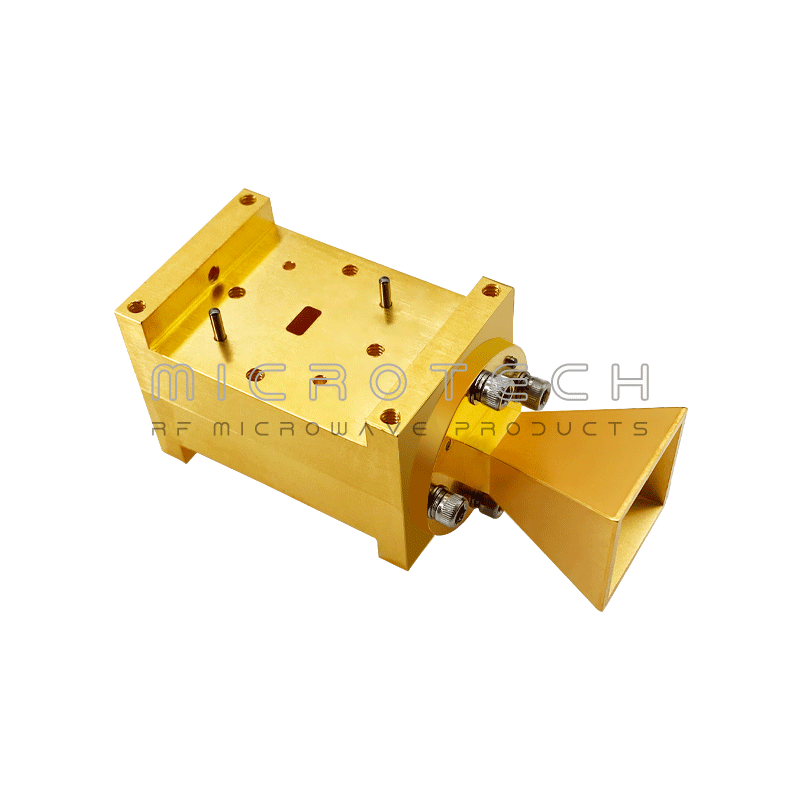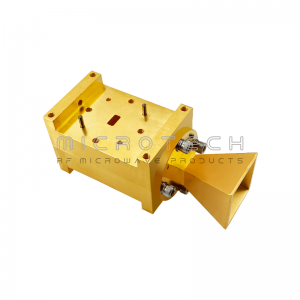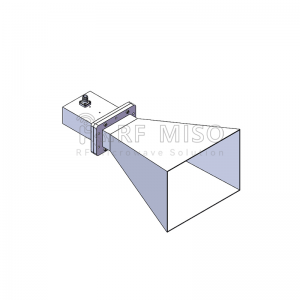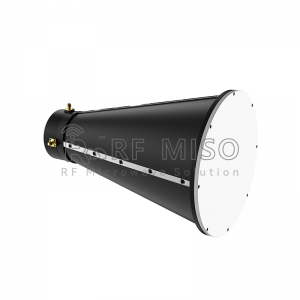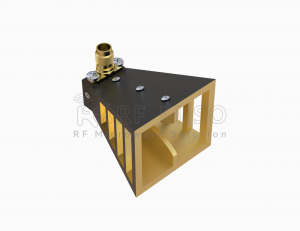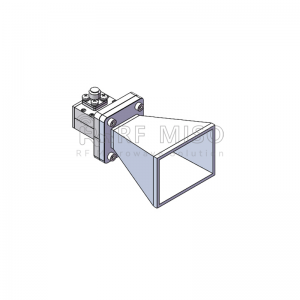Features
● Full Band Performance
● Dual Polarization
● High Isolation
● Precisely Machined and Gold Plated
Specifications
|
MT-DPHA3350-15 |
||
|
Item |
Specification |
Units |
|
Frequency Range |
33-50 |
GHz |
|
Gain |
15 |
dBi |
|
VSWR |
1.3:1 | |
|
Polarization |
Dual |
|
|
Horizontal 3dB Beam Width |
33 |
Degrees |
|
Vertical 3dB Bean Width |
28 |
Degrees |
|
Port Isolation |
45 |
dB |
|
Size |
40.89*73.45 |
mm |
|
Weight |
273 |
g |
|
Waveguide Size |
WR-22 |
|
|
Flange Designation |
UG-383U |
|
|
Body Material and Finish |
Aluminum, Gold |
|
Outline Drawing
Test Results
VSWR
Antenna focusing ability measure
Both beamwidth and directivity are measures of the focusing ability of an antenna: An antenna radiation pattern with a narrow main beam has a higher directivity, while a radiation pattern with a wider beam has a lower directivity.
So we might expect a direct relationship between beamwidth and directivity, but in reality there is no precise relationship between these two quantities. This is because the beamwidth depends only on the size of the main beam and
shape, while directivity involves integration over the entire radiation pattern.
Thus many different antenna radiation patterns have the same beamwidth, but their directivity may be quite different due to side differences, or due to the presence of more than one main beam.
-
Standard Gain Horn Antenna 15dBi Typ. Gain, 1.7...
-
Conical Dual Polarized Horn Antenna 12 dBi Typ....
-
Broadband Horn Antenna 13 dBi Typ.Gain, 6 GHz-6...
-
Standard Gain Horn Antenna 15dBi Typ. Gain, 9.8...
-
Broadband Horn Antenna 13dBi Typ. Gain, 18-40GH...
-
Dual Polarized Horn Antenna 16dBi Typ.Gain, 60G...







